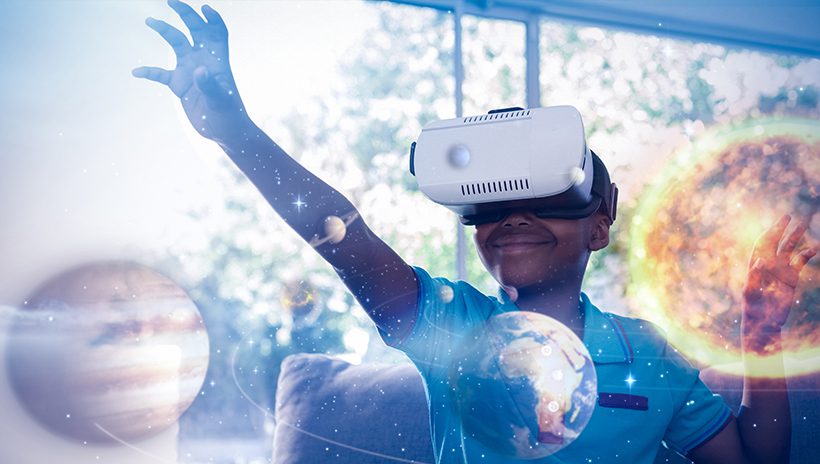Introduction: In the realm of technology, few innovations have captured our imagination as profoundly as Augmented Reality (AR) and Virtual Reality (VR). These immersive technologies have come a long way since their inception, revolutionizing the way we interact with the digital world. With the increasing convergence of electronics and immersive technologies, the possibilities they offer are boundless. In this article, we will embark on a captivating journey into the world of AR and VR, exploring their transformative potential and their impact on various industries.
- The Distinction Between AR and VR: Before we delve deeper into the subject, let us understand the distinction between AR and VR. Augmented Reality overlays digital content onto the real world, enhancing our perception of reality. On the other hand, Virtual Reality creates a completely computer-generated environment, immersing users in a simulated reality. Both technologies hold immense promise and are reshaping numerous sectors.
- Transforming the Gaming and Entertainment Industry: AR and VR have completely revolutionized the gaming and entertainment industry. With VR headsets, gamers can step into virtual worlds and experience an unprecedented level of immersion. From realistic simulations to interactive storytelling, VR has opened up new dimensions of gaming. On the other hand, AR has transformed mobile gaming by blending the digital and physical worlds, creating captivating experiences like Pokémon Go.
- Enhancing Learning and Education: Education is another field that has witnessed the transformative potential of AR and VR. These technologies offer immersive and interactive learning experiences that enhance comprehension and engagement. Students can explore historical sites, dissect virtual organisms, or simulate complex scientific experiments, making education more captivating and effective. AR and VR also enable remote collaboration, allowing learners from different parts of the world to connect and share experiences.
- Revolutionizing Healthcare: The healthcare industry is undergoing a paradigm shift with the integration of AR and VR. Surgeons can now use AR overlays to visualize internal organs during complex surgeries, improving precision and patient outcomes. VR is being used to treat phobias and post-traumatic stress disorders by creating controlled virtual environments for therapy. Moreover, medical training is becoming more immersive, with simulations providing realistic scenarios for students to practice and hone their skills.
- Redefining Design and Architecture: AR and VR are reshaping the fields of design and architecture. Architects can create virtual models of buildings, allowing clients to experience and provide feedback before construction begins. Interior designers can use AR to visualize furniture and décor in real-time, simplifying the decision-making process. These technologies are empowering designers to push the boundaries of creativity and innovation.
- Enhancing Business and Retail: The business and retail sectors are leveraging AR and VR to enhance customer experiences. AR-powered try-on solutions enable customers to virtually try on clothes, accessories, and even cosmetics before making a purchase. Virtual showrooms and retail spaces offer immersive shopping experiences, bridging the gap between physical and online stores. Additionally, AR provides real-time product information and customization options, empowering customers with more informed decisions.
- The Future Possibilities: The future of AR and VR holds even greater promise. Advancements in hardware, such as lightweight and wireless headsets, will make these technologies more accessible and comfortable. The combination of AR, VR, and AI will create intelligent and context-aware immersive experiences. Imagine a world where we can have virtual meetings with lifelike avatars or explore distant planets from the comfort of our living rooms.
Conclusion: Augmented Reality and Virtual Reality have emerged as disruptive technologies that are transforming industries and reshaping our perception of reality. From gaming and education to healthcare and retail, the impact of AR and VR is far-reaching. As electronics and immersive technologies continue to intersect, we can expect even more astonishing innovations on the horizon. As we venture into this exciting future, the boundaries between the physical and virtual worlds will blur, opening up new possibilities and unlocking the full potential of human imagination.
